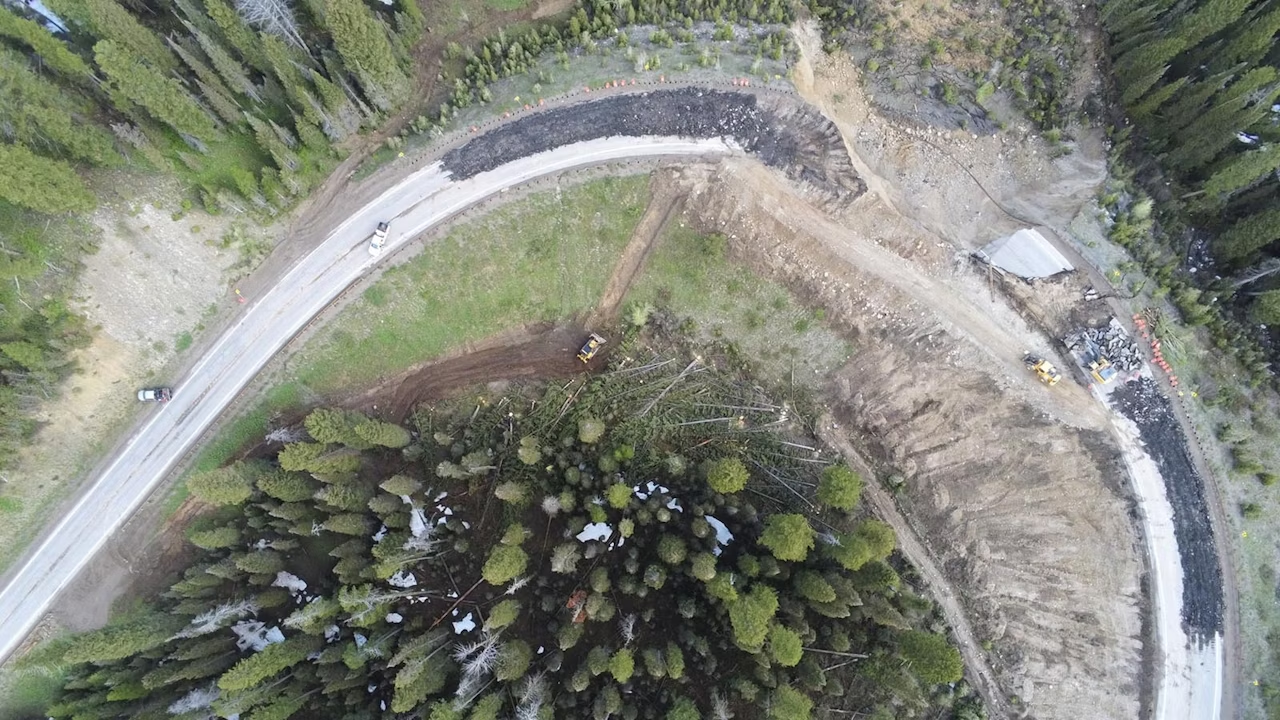Chronic Wasting Disease Found in Eastern Bighorn Basin Elk
Written by Andrew-Rossi on October 13, 2021
Chronic wasting disease has been discovered in the Bighorn Basin once again, with an elk testing positive for the fatal disease near Basin and Greybull.
Wyoming Game and Fish confirmed the presence of chronic wasting disease in a new elk hunt area in the Bighorn Basin. While this isn’t a surprising discovery, it shows that the fatal deer disease has a firm presence throughout the region.
Game and Fish biologists confirmed the disease in a sample taken from a hunter-harvested bull elk taken in Elk Hunt Area 41. The region in the eastern part of the Bighorn Basin extends westward from U.S. Highway 20 to the edge of the Bighorn Mountains.
This confirmation isn’t wholly unexpected. Elk Hunt Area 41 is surrounded on three sides by other C.W.D.-positive Elk Hunt Areas in the Bighorn Basin.
Elk Hunt Areas 66 and 45 – both in the Bighorn Basin – and Elk Hunt Area 37 in Bighorn National Forest all border Hunt Area 41. All three have confirmed the presence of C.W.D. in the past.
This elk hunt area also overlays Deer Hunt Areas 46 and 47. C.W.D. was confirmed in both hunt areas in 2009 and 2010, respectively.
Confirmation of chronic wasting disease is possible thanks to the cooperation of Wyoming hunters.
Lymph node samples from harvested deer and elk are analyzed by Game and Fish staff, providing a much larger range of data on chronic wasting disease.
“Each CWD sample we receive is valuable for monitoring and understanding the disease,” said Hank Edwards, Game and Fish Wildlife Health Laboratory supervisor. “Please make an effort to submit a CWD sample of your harvest.”
In the same announcement of the Bighorn Basin discovery, C.W.D. was confirmed in two mule deer hunt areas south of Yellowstone National Park. C.W.D. was confirmed in Deer Hunt Areas 144 and 148, both from mule deer bucks harvested near Deadman Creek and in Soda Lake Meadows, respectively.
In 2020, Game and Fish personnel tested 6,496 CWD samples and continue to evaluate new recommendations for trying to manage the disease. So far, over 1,770 samples have been tested in 2021.





